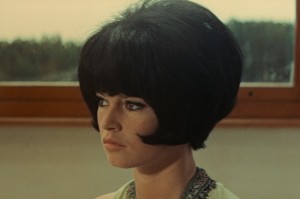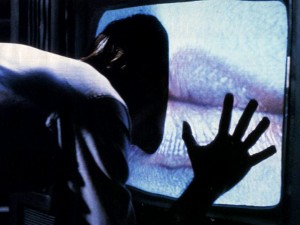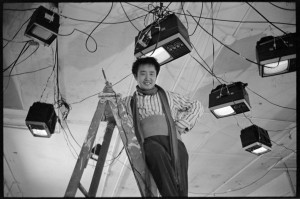In Profile: Taxi Driver (1976)
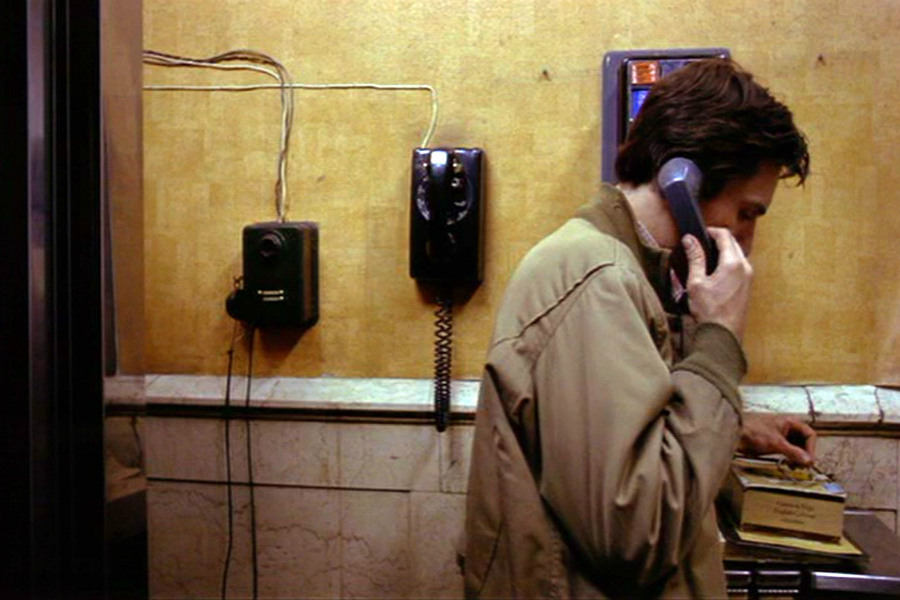
As we celebrate its restoration, Adam Scovell analyses the defining visual moments in Scorsese’s masterpiece — and “You talkin’ to me?” isn’t one of them…
Before Martin Scorsese became obsessed with portraying intricate systems at work, from the lifestyle of gangsters in Goodfellas (1990) to the excesses of the corporate system in his recent The Wolf of Wall Street (2013), he was a director more concerned with the lone individual effected deeply by these systems rather than the spiders sat at the centre of the various webs.
Though this may appear a gross generalisation of a prolific cinematic oeuvre lasting over forty years, it highlights one of the avenues of attention that surmises Scorsese’s most powerful film, Taxi Driver (1976).
The sheer amount of set pieces and sizzling moments at the hands of Robert De Niro (playing protagonist Travis Bickle) has garnered the film a huge amount of attention and critique over the years, but Taxi Driver is a film filled with quiet, subtle moments that highlight Scorsese as a modern Transcendentalist; eager to push a relatively anti-humanist story into the realm of a pure experience. It is often these moments that lose attention against the grain of quotable lines and minor explosions of violence. Very rarely do pieces written on the film assess these moments; often more content with overt, masculine identification with the character by young male critics who receive some cathartic response in relating to the troubled character and his pessimistic world view.
Instead, Taxi Driver’s quiet sequences highlight a sense of pathetic dismay with the world and do so through explicit use of visuals and music, rather than through (albeit excellent) performances and Paul Schrader’s dialogue. Bernard Herrmann’s proto-jazz ensemble casts a spell throughout the narrative, personifying both the city of New York and the troubled Travis Bickle’s taxi. His score also adds to the film’s sense of classical Hollywood, almost subverting the composer’s usual macabre tones and using them to add class to a film implicitly about a confused class war.
Taxi Driver’s best sequence is not the famous “You talkin’ to me?” mirror scene, or even the grand release of violence at the film’s conclusion; but is instead a small segment of little narrative interest some way into the film. This scene has not only lingered upon my own mind since viewing but has often been my own personal way into understanding the film properly rather than glazing over the obvious points of ‘troubled Vietnam veteran’ territory.
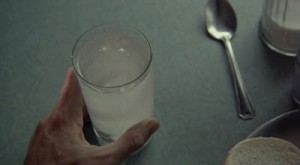
Travis has messed up his first date with Betsy (Cybill Shepherd), the woman he has effectively stalked but also convinced to go out with him to see a film. De Niro’s power at playing an obsessive character is one of the film’s benchmarks and sets the tone for later obsessive roles for Scorsese, most notably in the oft-underrated The King Of Comedy (1982). His first date was mess; naively taking her to porno film and buying her a record she already has. Betsy clearly saw the true, uncomfortable distance that Travis has from a more genial society through his actions and wants nothing further to do with him.
The scene in question shows one of Travis’ last ditch attempts to get Betsy back on side, phoning her from a pay-phone to ask whether she got the gift of flowers he sent. The desperation in his voice is clear as he makes the call, surrounded by a grubby wall and several other dingy looking pay-phones. Scorsese’s masterstroke is in what he decides to do with the camera as Travis is almost begging for a second chance. Even the camera is embarrassed by Travis’ attempts, almost disinterested in the character to the point where it moves and tracks away from him to a show an empty corridor.
Within this one move is a whole multitude of the film’s questioning; if even the camera isn’t interested in Travis’ actions, what chances do the population of the city have of noticing his gradual decent into violence and paranoia? The viewer is made to feel embarrassed at Travis, and this movement is almost a leeway into avoiding the character’s problems. Scorsese could have just waited for De Niro to finish the call and then follow as he walks out. Instead, he opts for a piece of direction that heightens the camera eye to that of a character of its own; as equally uncaring and distant as the people that Travis’ perceives himself to be surrounded by.
Another moment with a similar emphasis on the camera’s personality comes earlier within the film. Documentarist and broadcaster Mark Cousins used it as an example of the evolution of cinema, showing this filmic idea to be derived from several other films, though Scorsese’s use of it is the most poignant. Travis is at the bar where the other taxi drivers get food and drink. He’s put some sort of tablet, possibly an aspirin, into a drink of water. The talk of the other drivers fades and zones out as he becomes hypnotized by the tablet dissolving and hissing in his drink.
Travis and the camera don’t just briefly show this moment, but they both obsess over it. It seems an extraordinarily long time before it cuts away; the sound of the fizzing, dissolving tablet becoming white noise to the point of almost inducing a catatonic state. A flimsy reading could be that of Travis’ sanity dissolving away, but that seems too overt a symbol. Instead, I like to think of the scene highlighting a parallel between the phone call to Betsy; Travis will obsess over things until they go, whether naturally or by his own hand.
This, in a sense, condenses the film’s trajectory within just two of its visual sequences. Travis obsesses over Betsy until she appears to go and leave him. He obsesses over the political leader she’s promoting and tries to assassinate him before ultimately becoming obsessed with the pimp (Harvey Kietel) that employs Iris (Jodie Foster). Anyone who has seen the film will know how Travis eventually deals with this obsession but, for uninitiated viewers, that particular dissolving visual — one which will be far from ignored by the camera this time around — will not be revealed here.
Adam Scovell
Scorsese’s latest, The Wolf of Wall Street, is on general release now



